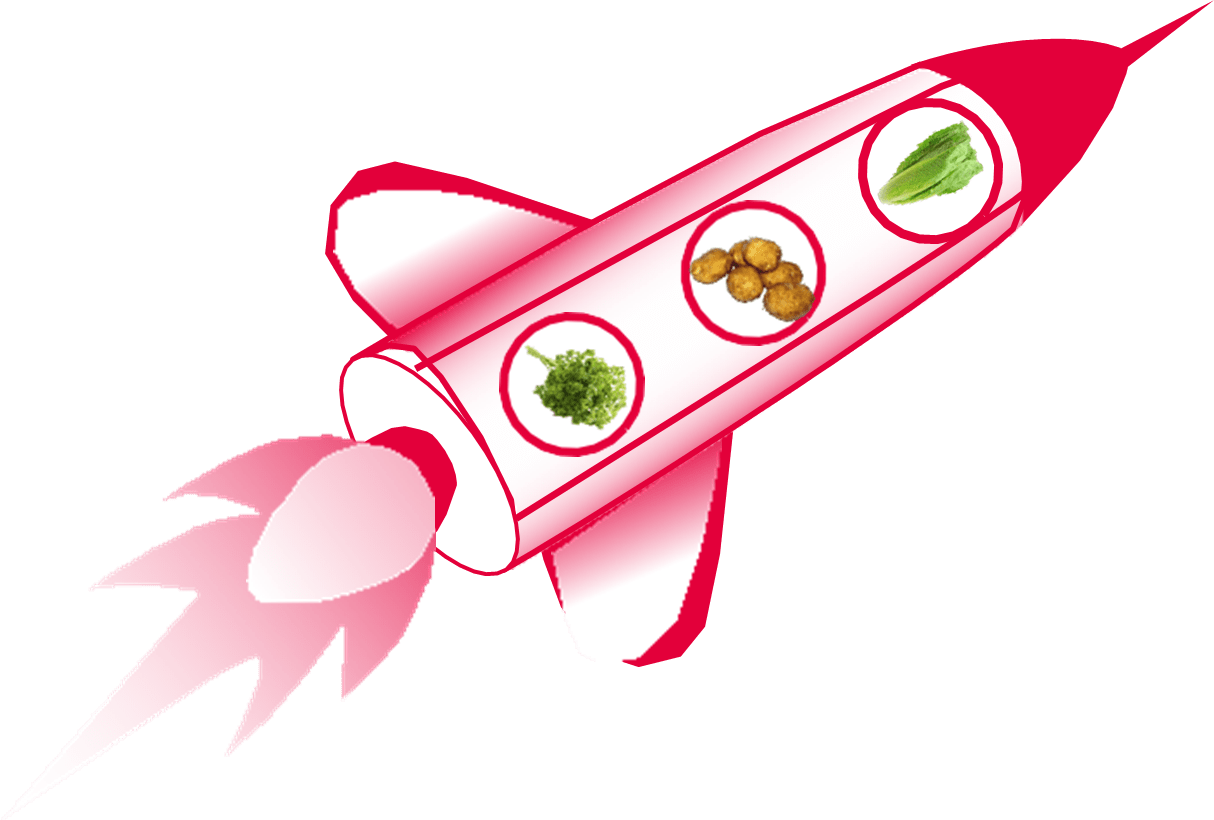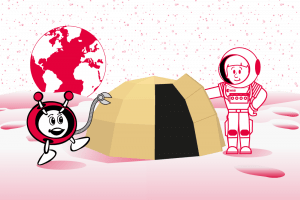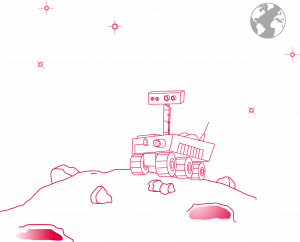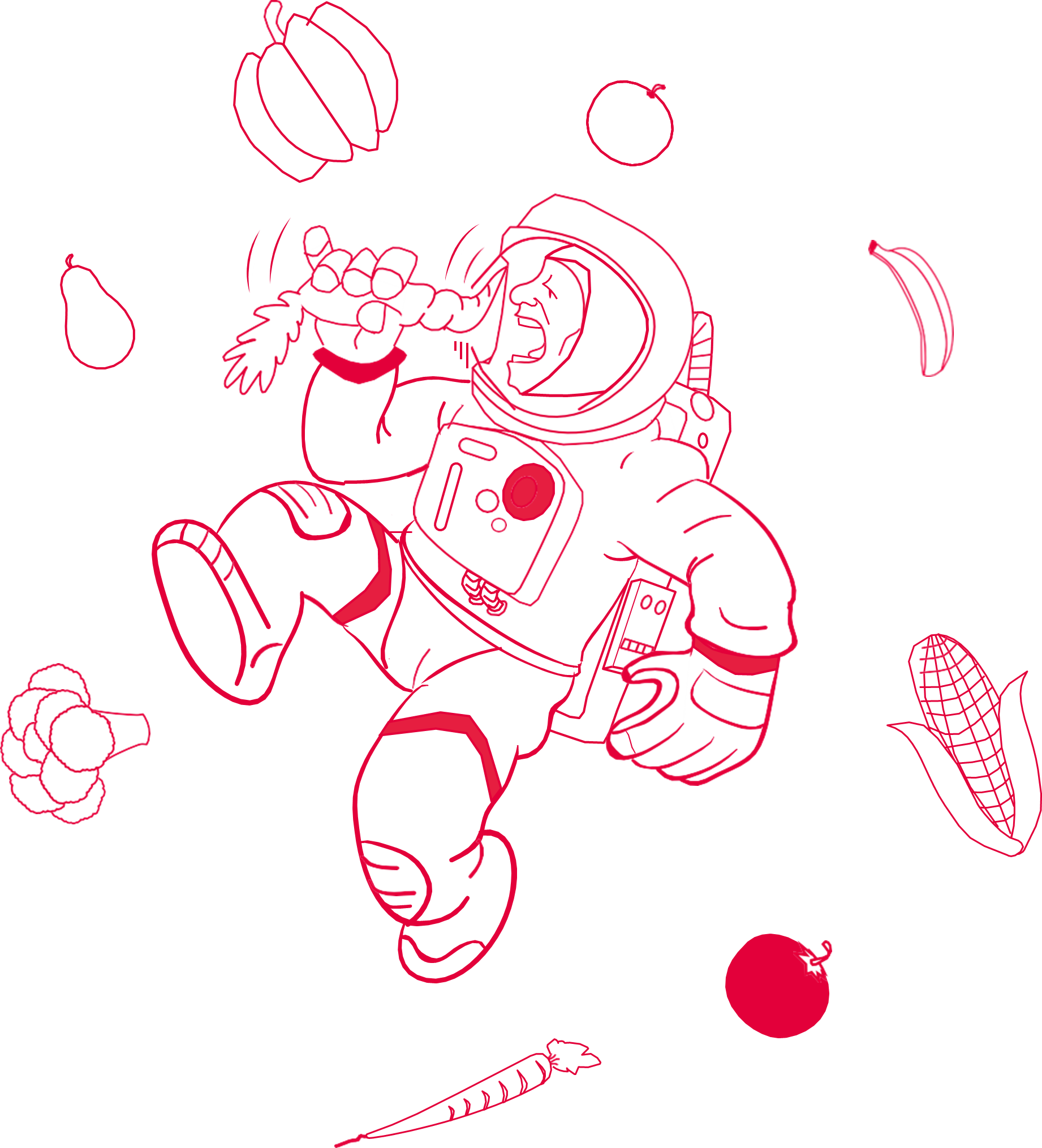AstroFood - Nauka o roślinach jadalnych w Kosmosie
W tym zestawie ćwiczeń uczniowie poznają różne składniki roślin.
Dowiedzą się, które części roślin są jadalne i poznają różnicę między warzywem, owocem i nasionem.
Uczniowie będą musieli wyobrazić sobie i narysować roślinę związaną z obserwowanym owocem/warzywem/nasieniem.
Dowiedzą się również, że różne rośliny wymagają różnych warunków wzrostu i dają różne plony. Na tej podstawie zastanowią się, które rośliny nadają się do uprawy w kosmosie jako dobre źródło pożywienia dla astronautów.
Cele nauczania
Zakres wiekowy:
6 - 10 lat
Czas
Lekcja: 60 minut
Zasób dostępny w:
Ćwiczenie 1: Zbierz swoją Astrożywność
W tym ćwiczeniu uczniowie nauczą się rozpoznawać różne jadalne części roślin. Używając obrazków lub próbek będą musieli rozpoznać różnice pomiędzy owocami, nasionami i warzywami i odpowiednio je pogrupować.
Sprzęt
Zadanie 2: Narysuj swoje AstroFood
W tym ćwiczeniu uczniowie wyobrażają sobie i rysują kompletną roślinę związaną z jednym z obrazków z ćwiczenia 1. Powinni zastanowić się nad cechami rośliny i czy byłaby ona dobrym kandydatem do zajęcia miejsca w przestrzeni, biorąc pod uwagę jej rozmiar.
Sprzęt
Ćwiczenie 3: Olimpiada AstroFood
W tym ćwiczeniu uczniowie wybiorą trzy najlepsze rośliny do uprawy w kosmosie. Uczniowie dowiedzą się, że czynniki takie jak rozmiar, czas wzrostu, plon i wartość odżywcza są ważne przy wyborze roślin do uprawy.

Sprzęt
Wiedziałeś?
Na Ziemi istnieje ponad trzysta tysięcy (300 000) zidentyfikowanych gatunków roślin, a lista ta cały czas rośnie!
Ludzie używają około dwóch tysięcy (2,000) różnych rodzajów roślin z całego świata do produkcji żywności! Czy wiesz, skąd pochodzą wszystkie produkty spożywcze w supermarkecie?
Ludzie używają około dwóch tysięcy (2,000) różnych rodzajów roślin z całego świata do produkcji żywności! Czy wiesz, skąd pochodzą wszystkie produkty spożywcze w supermarkecie?

Słowa kluczowe:

Schronienie na Księżycu - badanie różnych schronień na Ziemi i w kosmosie
Krótki opis: W tym zestawie zajęć uczniowie przeanalizują znaczenie posiadania schronienia dla ochrony na Ziemi i w kosmosie. Uczniowie będą porównywać

Moon Rover - Budowa łazika zasilanego energią słoneczną
Krótki opis: W tym ćwiczeniu uczniowie będą porównywać zalety i wady odnawialnych źródeł energii i nieodnawialnych źródeł energii oraz badać proste obwody elektryczne.

Pozyskiwanie wody z gleby księżycowej - nauka o filtracji i destylacji
Krótki opis: W tym zasobie uczniowie dowiedzą się o zmianach stanu materii na przykładzie wody na Księżycu. Będą interpretować



